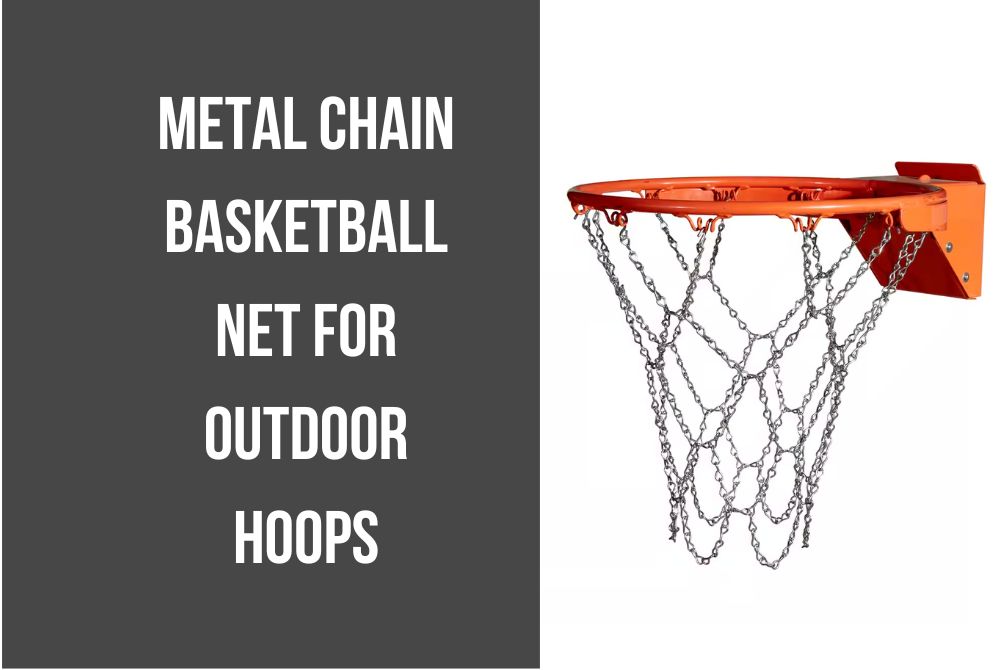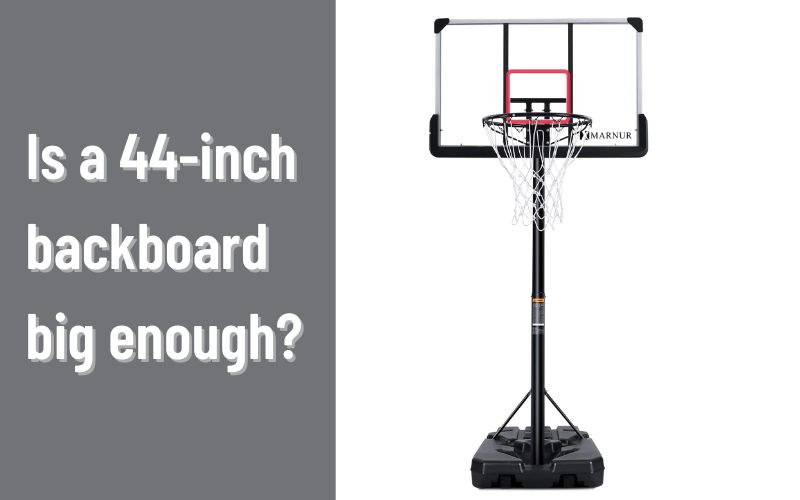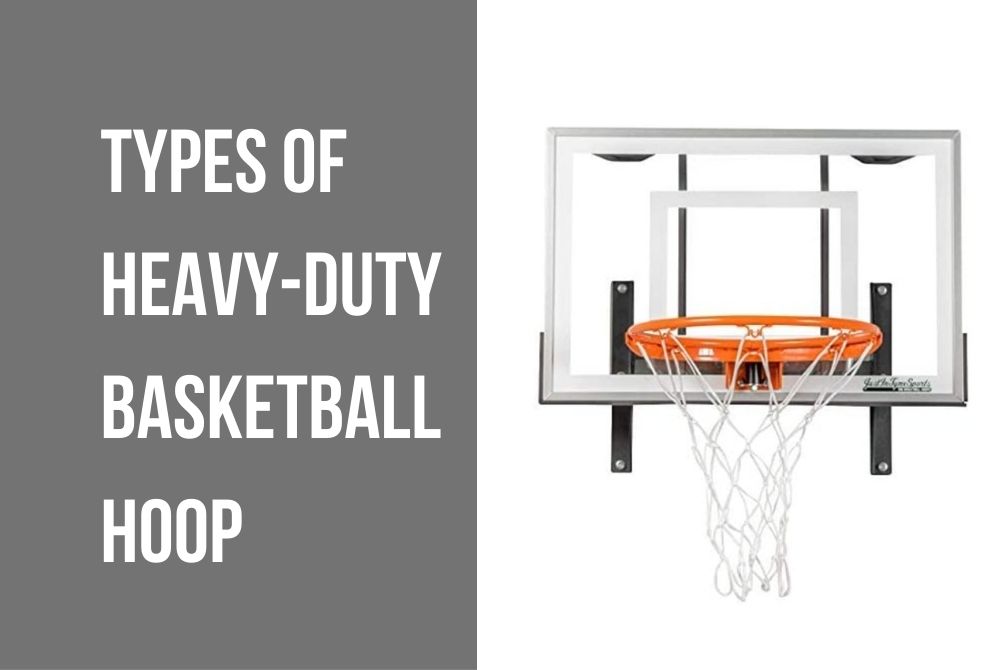To provide one example, high school courts are not the same as college or professional courts. This article will provide you with a detailed overview; use it as a guide to completely comprehend the ins and outs of the hoop, particularly with relation to the size and needs of the court.
What Size Is A Basketball Court?
When it comes to measuring a basketball court, you’ll get different results depending on which court you choose.
However, there are guidelines that must be adhered to, as well as a number of important considerations, such as the age of the player as the principal user, and how much money you have available to spend on building.
The typical dimensions of a basketball court are 94 feet in length and 50 feet in width. The total time commitment varies according on the playing level and league.
Basketball court size regulation:
- 74 feet long x 42 feet wide – Junior High
- School – 84 feet long x 50 feet wide
- NBA professional and college – 94 feet by 50 feet
Even if league and level dictate different dimensions and sizes, the internal markings for the foul line, rim, and backboard are all the same. Courts designed for high school, college, and even professional competition, such as those used in the NBA, have a three-point line or arc.
Basketball players in high school and colleges play in a separate “lane” than those in the NBA and other professional leagues. The usual width of the key is 12 feet while playing at the high school, college, or NCAA level. Regarding the professional NBA floor, the width of the key is 16 feet.
Court Lane:
- High school/college (NCAA) = 12 feet wide
- The NBA is 16 feet wide for professionals
All court levels have a distance of 15 feet from the front of the backboard to the foul line. This distance applies to the foul line. This measurement from the front rim to the middle of the court is often mistaken with one another.
- There is a 4Ft extension from the baseline to the lane/key on a regulation basketball court. To complete the lane/key, a six-foot half-circle (arc) must extend from the foul line to the basket.
As for basketball three-point line (arc), there is also a difference in measurement, here’s a quick guide:
- There are 19 ft 9 inches of height on high school courts
- Courts at men’s and women’s colleges are 20 feet 9 inches
- The NBA court has a distance of 22 ft (from the rim center) straight and a distance of 16 ft 9 inches (from the baseline)*.
Line up the extension 23 feet 9 inches from the center of the rim past these points.
Do Basketball Courts Have Different Sizes?
When it comes to the measurements of a basketball court, everything is entirely dependent on the level of play and the league. You may have noticed that the length of a court in the NBA, WNBA, and college all measure 94 feet, while its width measures 50 feet.
These proportions remain consistent throughout all three leagues. The length of the free-throw lane, also known as the painted area, is sixteen feet. The foul line is located 15 feet from the front of the backboard and has a width of 2 inches.
On the other hand, Olympic basketball courts and FIBA (International Basketball Federation) basketball courts are somewhat more compact. Their dimensions are 91 feet in length and 49.2 feet in width, which, when translated, equals 28 metres and 15 metres respectively.
When it comes to basketball courts, there are a number of intriguing facts that you should be aware of in light of the fact that the popularity of the game continues to dominate the globe.
Hardwood flooring is often used as the primary material in the construction of indoor basketball courts. Even though there are many new materials that have recently become popular for use in the construction of basketball courts, wood continues to be the most popular option.
When you play outside, you will find that the majority of courts are composed of either concrete or asphalt. The adaptability of a basketball court is put to the test by the fact that it may be installed almost anywhere. It is not impossible to establish a permanent court near here.
You may consider installing a half-court in your driveway, backyard, or even a commercial gym if you don’t have enough space for a full-length basketball court.
Once you know the exact size and measurement, it’ll be easier for you to place it and improve your shooting skills.
- Basketball courts in the NBA are the largest, whether they are international or domestic.
- For youth, the half-court measurement is 47 feet long by 37 feet wide. For high school players, half courts measure 50 feet long x 42 feet wide.
- Basketball courts are traditionally made from wood flooring.
- There are 18 inches of steel around the rim of the basket.
- 10 feet is the height of the basketball rim from the court’s surface.
- 6 feet x 3.5 feet is the size of the backboard that supports the net
There is a glaring disparity between the size of a high school basketball court and those of a professional one. When compared to collegiate courts, it is a whole 10 feet shorter in length. When it comes to the measurements of a court for high school basketball, you’ll note that there is a significant variance.
In comparison to college courts, this one is a whole 10 feet more uncomplicated. In addition to the changes, there are some noticeable parallels, such as the fact that the width of the court is also 50 feet and the height of the basket is also 10 feet from the floor or ground of the court.
What’s The History Behind The Court Hoops Measurements?
Since its inception in 1891, the basketball court has undergone several iterations, each of which has been tailored to the specific requirements of a certain league, player age group, or skill level.
In the interest of delivering the most accurate information about measures and supposing that you are already aware that the hoops stand at a height of ten feet, it is the result of extensive research and calculations that prioritised game mechanics above human anatomy.
- A 10Ft high rim provides players with adequate support and comfort when shooting or jumping.
In modern times, basketball courts of all different levels have a standard essential design element, which is a rectangular size that is either 19 feet by 16 feet or 19 feet by 12 feet.
There are always going to be deviations from the norm, despite the fact that this is a standard. For example, the FIBA key is designed in the shape of a trapezoid and has a baseline that is noticeably wider than usual.
If you are curious as to why this component of the design is referred to as the “key,” the rationale is very simple: the free-throw line has the same dimensions as the original area, whereas the original region is narrower.
If you look closely, you’ll see that when these components are put together, they form a shape that resembles an old key. After some time, the basketball key was expanded to 12 Feet, and then after some more time, it was altered to 16 Feet, which is the current length that is used in FIBA and NBA.
However, the original records and references have been removed, and just the words themselves have been kept going forward. The official name for this section is now the “free throw lane,” which is a word that is used much less often these days.
Final Words
When it comes to basketball courts, having a solid understanding of the differences in measurement is essential. This provides you with a more comprehensive understanding of how players may progress through this game by moving from one court to another.
These metrics are crucial for determining the player’s age as well as their success in their league and their ability. Despite the fact that college and professional basketballs are much larger than those used in high school, you will eventually have to play on a more expansive court as your career progresses.



![How to Stabilize Your Basketball Goal? [Feature in 2023]](https://bestportablehoops.com/wp-content/uploads/2022/07/How-to-Stabilize-Your-Basketball-Goal.jpg)

![How are lifetime Basketball Hoops? [Features and Suggestions]](https://bestportablehoops.com/wp-content/uploads/2022/07/How-are-lifetime-Basketball-Hoops-1.jpg)


